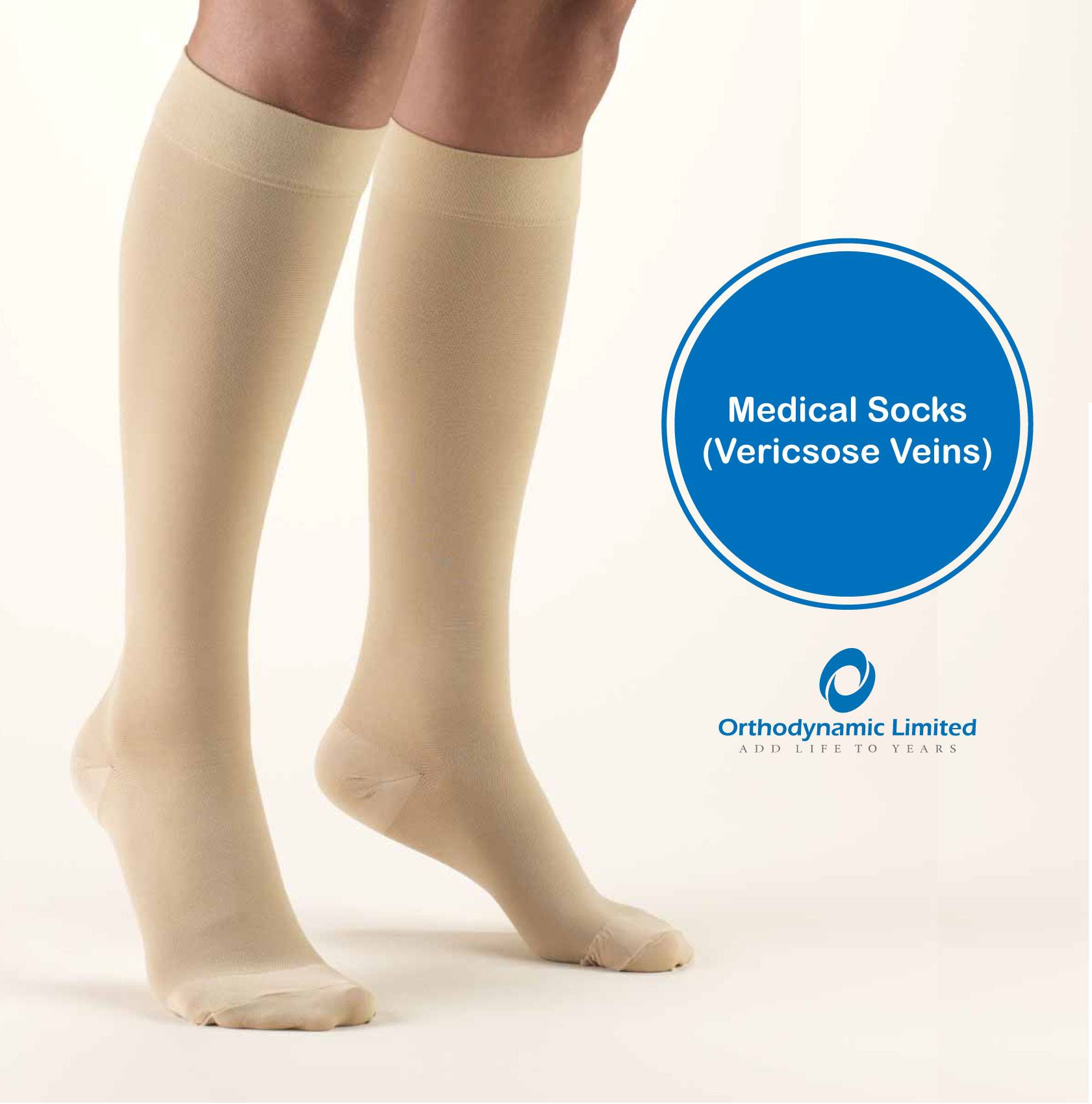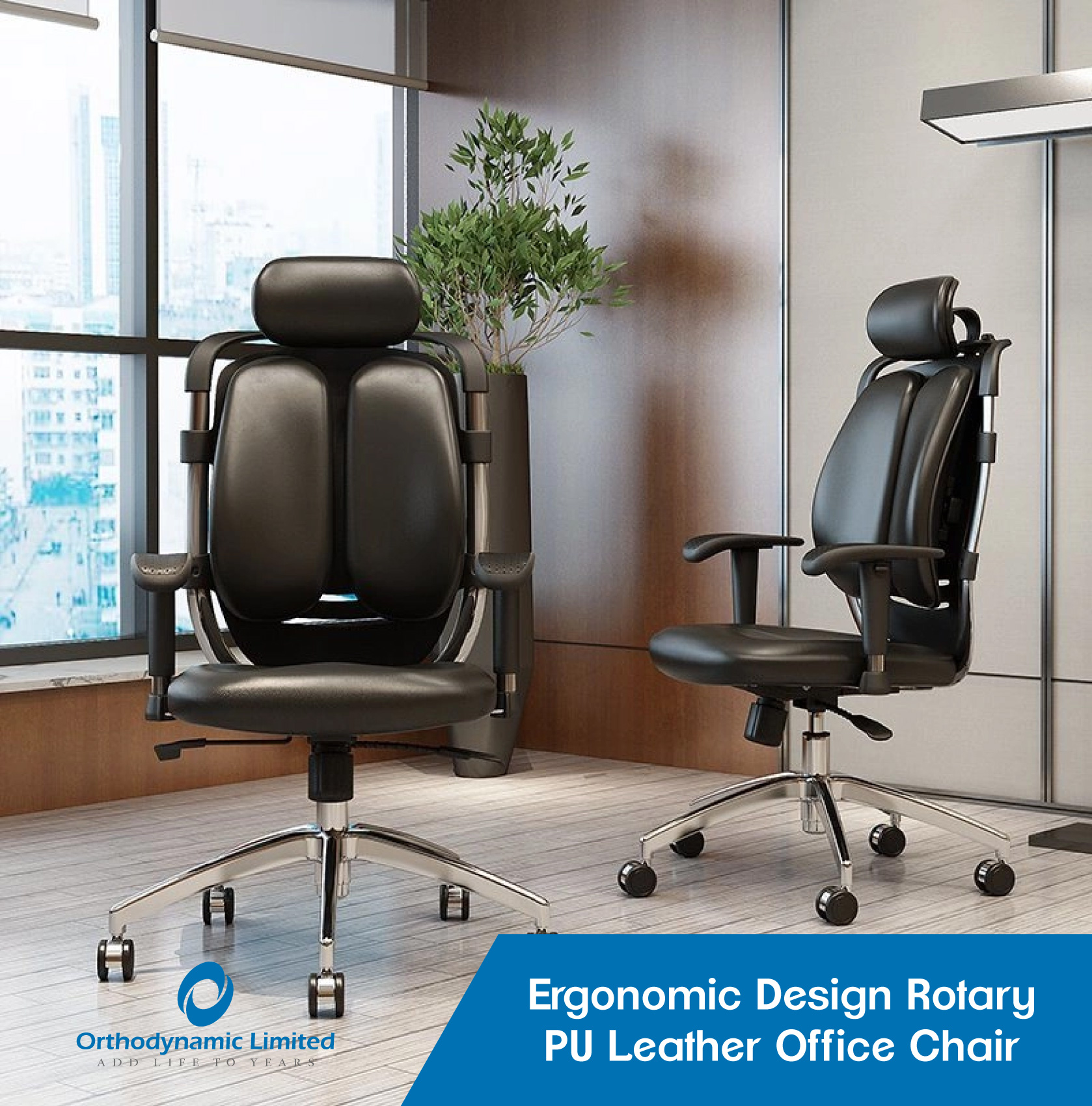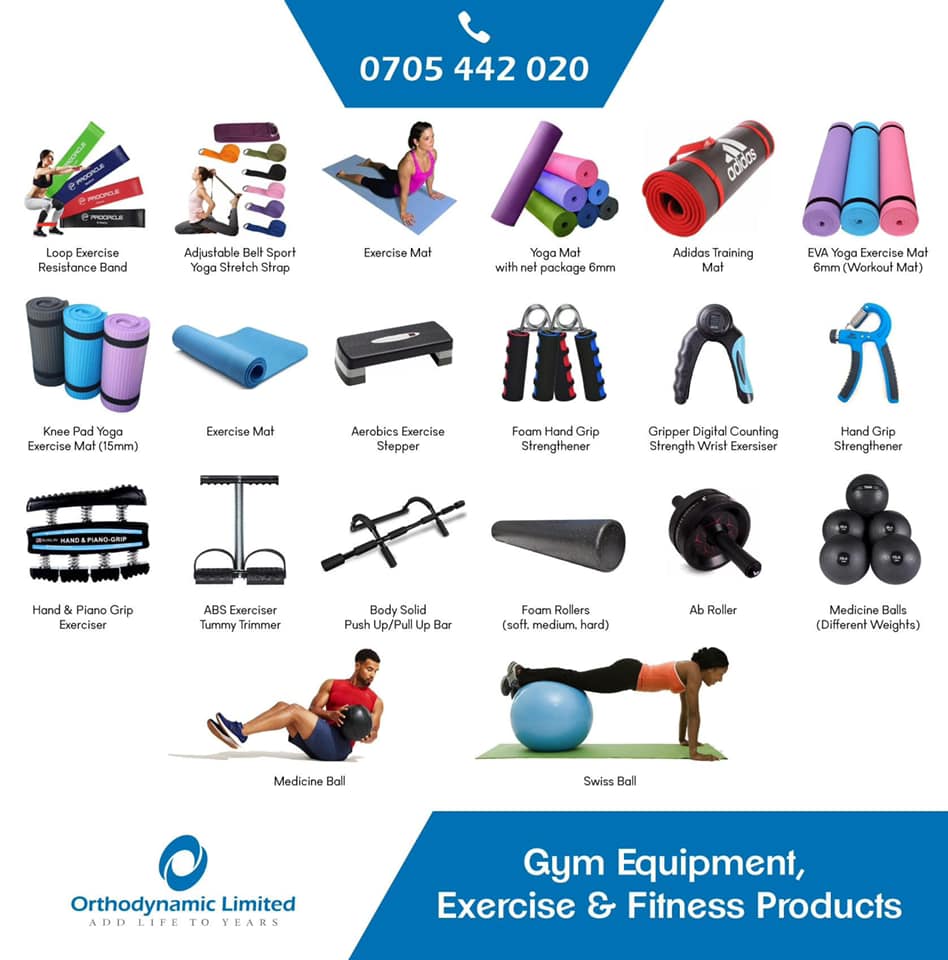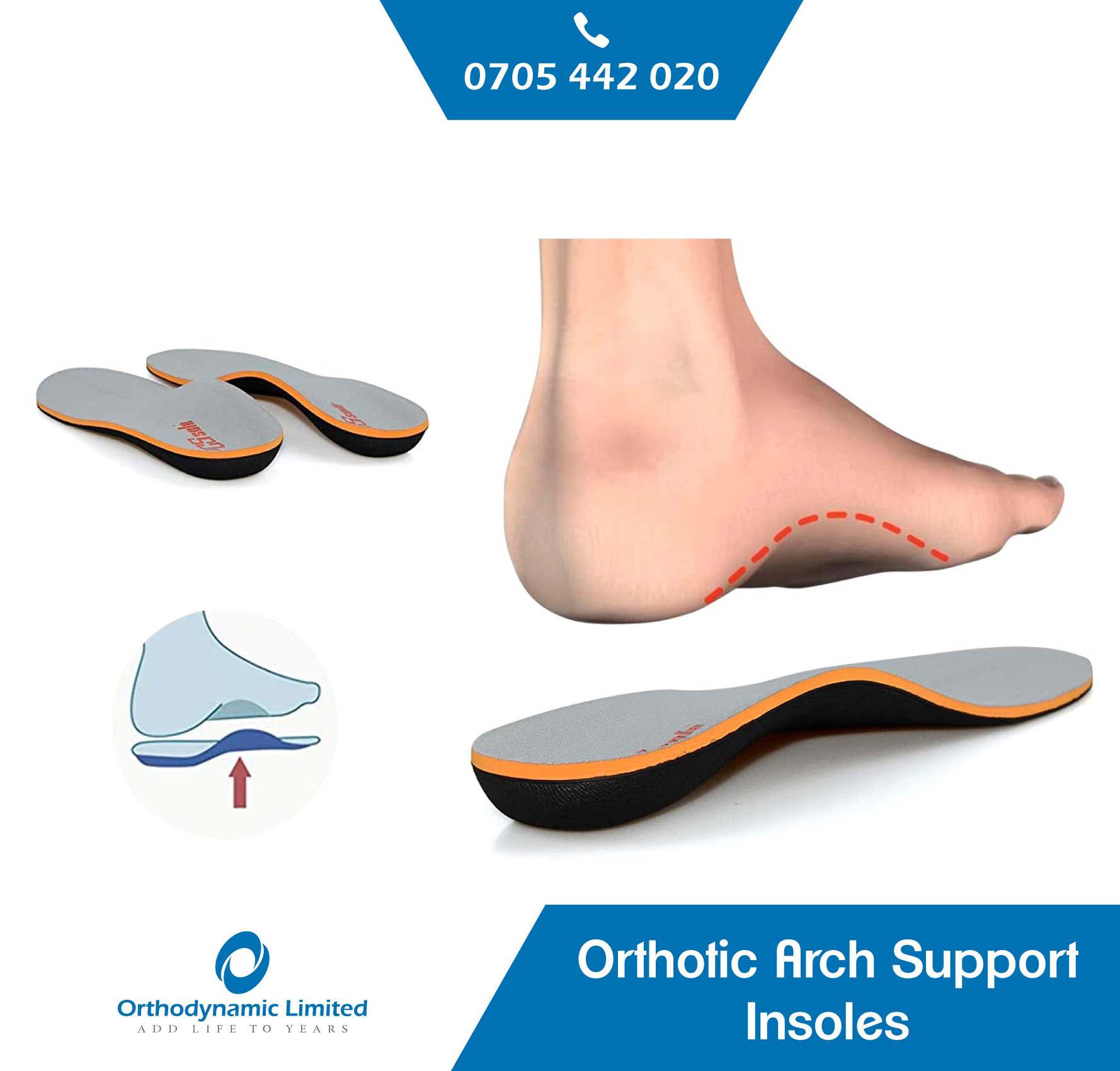Varicose Veins Stockings
Varicose Veins Stockings.
Can Varicose Veins Stockings help ?
They improve circulation and are a mainstay of treatment for varicose veins that are causing symptoms. (Mild varicose veins that are not causing symptoms don’t need treatment.) Compression stockings are tightest at the foot. … Doctors often recommend that you wear the stockings during the day to help relieve symptoms.
- For very mild symptoms, you may start out using class one, knee-highs (which end just above the calf, below the knee) or thigh length depending on where the veins manifest. You may find that these help swelling and aching considerably.
- For more serious symptoms, you may be required to buy class two or three compression stockings which are more tight (with a doctor’s prescription).
Varicose Veins Stockings can be hard to put on, and it may take you awhile to get used to wearing them all day. But if they fit right, they should be snug but comfortable. If you have problems wearing the stockings.
Consider any problems you may have with compression stockings compared with the chance that they may help keep your problem from getting worse and may help you avoid surgery.
Avoid elastic bandages for varicose veins unless your doctor specifically suggests them. They can cut off blood flow and may make varicose veins worse. (If this type of bandage is recommended, ask how to wrap it.)
Symptoms of varicose veins
Management
Conservatively Varicose veins can be managed by use of graduated medical Ted/Varicose Veins Stocking.Depending on extent and severity these medical stockings are available in:
- different colours
- different lengths – some come up to your knee, while others also cover your thigh and up to waist
- different foot styles – some cover your whole foot, and some stop before your toes
- They come in different classes (representing their strength)
Surgery
Ligation and stripping
Most surgeons use a technique called ligation and stripping, which involves tying off the vein in the affected leg and then removing it.
Two small incisions are made. The first is made near your groin at the top of the varicose vein and is approximately 5cm (2in) in diameter.
The second, smaller cut is made further down your leg, usually around your knee. The top of the vein (near your groin) is tied up and sealed.
A thin, flexible wire is passed through the bottom of the vein and then carefully pulled out and removed through the lower cut in your leg.
The blood flow in your legs won’t be affected by the surgery. This is because the veins situated deep within your legs will take over the role of the damaged veins.
Ligation and stripping can cause pain, bruising and bleeding. More serious complications are rare, but could include nerve damage or deep vein thrombosis, where a blood clot forms in one of the deep veins of the body.
After the procedure, you may need up to 3 weeks to recover before returning to work, although this depends on your general health and the type of work you do.
You may need to wear Varicose Veins Stocking for up to a week after surgery.
Wearing Varicose Veins Stockings
You usually need to put your compression stockings on as soon as you get up in the morning and take them off when you go to bed.
They can be uncomfortable, particularly during hot weather, but it’s important to wear your stockings correctly to get the most benefit from them.
Pull them all the way up so the correct level of compression is applied to each part of your leg. Don’t let the stocking roll down, or it may dig into your skin in a tight band around your leg.
Caring for compression stockings
Varicose Veins Stockings usually have to be replaced every 3 to 6 months. If your stockings become damaged you might need a new pair because they may no longer be effective.
Its recommended that You have 2 stockings (or 2 sets of stockings if you’re wearing 1 on each leg) so that one stocking can be worn while the other is being washed and dried.
Varicose Veins Stockings should be hand washed in warm water and dried away from direct heat.






